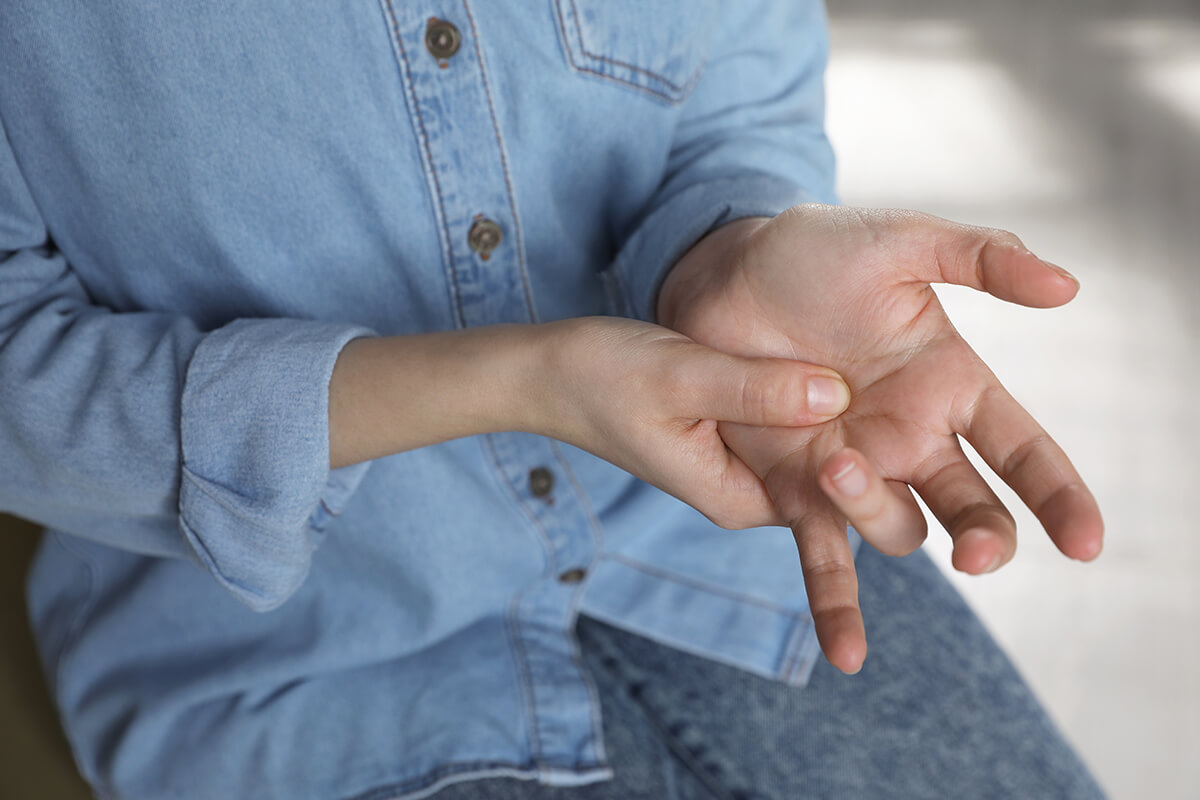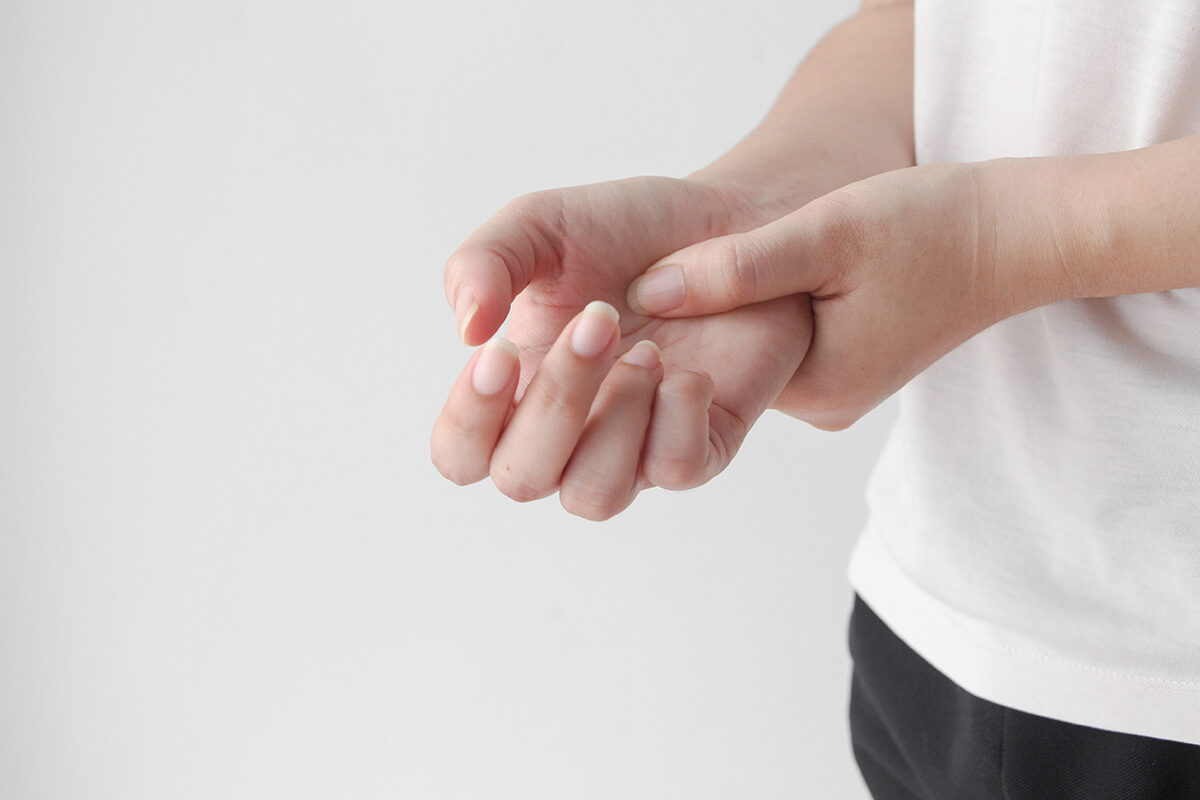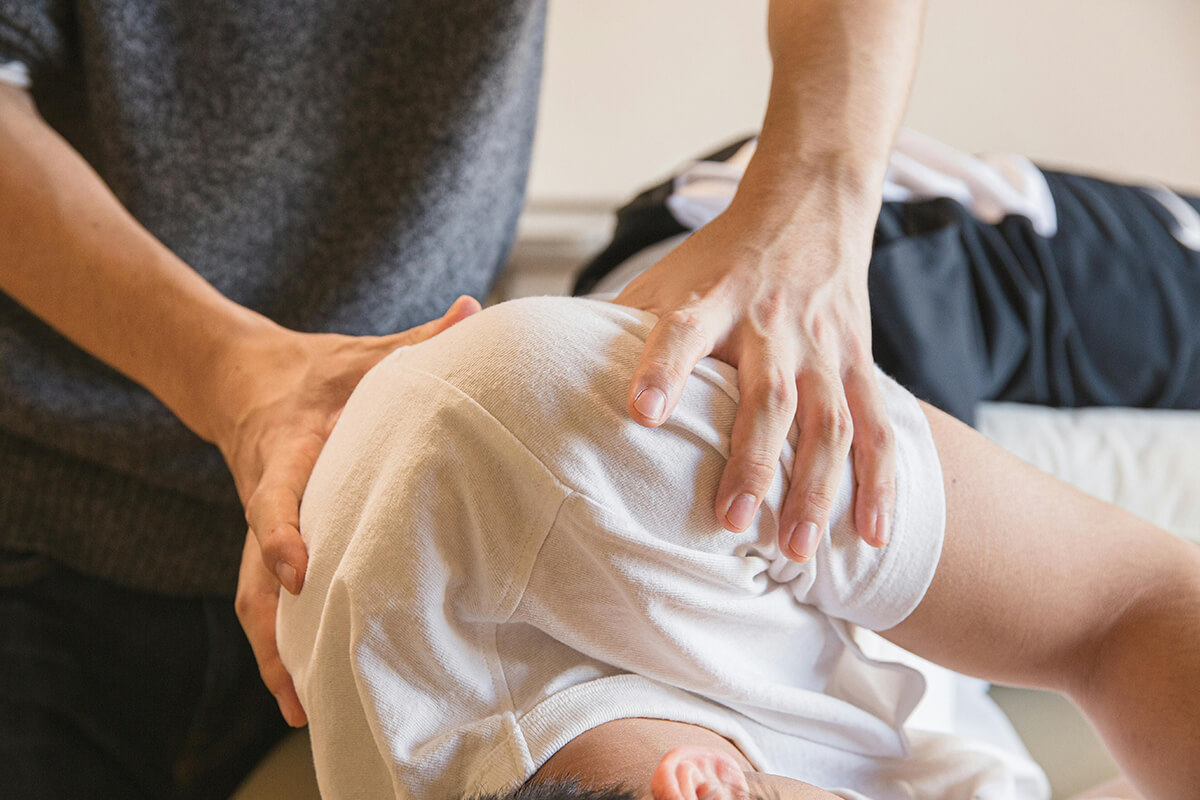
Trigger finger, medically known as stenosing tenosynovitis, is a condition that affects the tendons in the fingers or thumb, causing pain, stiffness, and a characteristic locking or catching sensation. It occurs when the tendon sheath becomes inflamed or thickened, hindering smooth movement of the tendon. This condition can significantly impact daily activities, making simple tasks like gripping or typing painful and challenging.
While conventional treatments like medication, injections, or surgery are common, chiropractic care is a non-invasive, holistic approach that addresses the root causes and promotes natural healing. This article explores the causes, symptoms, and treatment options for trigger finger, with a focus on the benefits of chiropractic care. For those seeking relief, Davisville Yonge Clinics offers expert chiropractic services to help manage and alleviate trigger finger symptoms.

What-is-Trigger-Finger
What is Trigger Finger?
Trigger finger occurs when the flexor tendon, which allows the finger to bend, becomes irritated or inflamed, making smooth movement difficult. The flexor tendons are surrounded by a protective sheath, and when this sheath becomes narrowed or thickened, it restricts the tendon’s ability to glide properly. As a result, the tendon may catch or lock, causing the finger to remain bent or suddenly snap straight, resembling the motion of pulling a trigger—hence the name.
This condition most commonly affects the thumb or ring finger but can occur in any finger. It may develop in one or multiple fingers and can affect one or both hands. While trigger finger is more prevalent in individuals over 40, it can occur at any age, particularly in those with certain risk factors or repetitive hand movements.
Causes of Trigger Finger
Trigger finger develops due to a combination of factors that lead to inflammation or irritation of the flexor tendon and its surrounding sheath. Some of the primary causes include:
Repetitive Hand Movements
Engaging in repetitive gripping or grasping motions, such as those involved in playing musical instruments, using hand tools, or typing, can strain the tendons over time. These activities can cause micro-tears in the tendon or sheath, leading to inflammation and eventual thickening of the tendon sheath.
Medical Conditions
Certain health conditions increase the likelihood of developing trigger finger. These include diabetes, rheumatoid arthritis, gout, and hypothyroidism. For example, individuals with diabetes are at higher risk due to potential changes in tissue structure and blood flow, which can affect tendon health. Inflammatory conditions like rheumatoid arthritis can also contribute to tendon inflammation.
Occupational and Lifestyle Factors
Occupations or hobbies that require prolonged or forceful gripping, such as construction work, gardening, or knitting, can predispose individuals to trigger finger. Additionally, women are more likely to develop the condition than men, possibly due to hormonal influences or differences in hand anatomy.
Trauma or Injury
Direct trauma to the hand or finger, such as a sprain or fracture, can cause swelling or scarring of the tendon sheath, leading to trigger finger. Even minor injuries, if left untreated, may contribute to the condition over time.
Anatomical Factors
Some individuals may have anatomical variations, such as a naturally narrower tendon sheath or thicker tendons, which make them more susceptible to trigger finger. These structural differences can increase the likelihood of the tendon catching or locking during movement.
Symptoms of Trigger Finger
The symptoms of trigger finger typically develop gradually and may vary in severity. Recognizing these signs early can lead to timely intervention and prevent worsening of the condition. Common symptoms include:
Pain and Tenderness
Pain is often felt at the base of the affected finger or thumb, where the tendon sheath is located. This area may be tender to the touch, and discomfort may worsen with movement or pressure.
Stiffness and Limited Mobility
Individuals with trigger finger often experience stiffness, particularly in the morning or after periods of inactivity. The affected finger may feel difficult to move, and attempts to bend or straighten it may result in a catching or locking sensation.
Locking or Catching Sensation
The hallmark symptom of trigger finger is the locking or catching of the finger in a bent position, followed by a sudden snap as it straightens. In severe cases, the finger may remain locked in a bent position, requiring manual assistance to straighten.
Swelling or a Bump
A small, palpable nodule or bump may form at the base of the affected finger. This nodule is often the result of tendon irritation and can contribute to the catching sensation during movement.
Clicking or Popping Sounds
Some individuals report a clicking or popping sound when moving the affected finger. This is caused by the tendon struggling to glide through the narrowed sheath.
Conventional Treatments for Trigger Finger
Before turning to chiropractic, it’s worth noting the conventional treatments often recommended for trigger finger. These include:
-
Rest and Activity Modification
Avoiding repetitive hand movements and using splints to immobilize the affected finger can reduce irritation and allow the tendon to heal.
-
Medications
Nonsteroidal anti-inflammatory drugs (NSAIDs) like ibuprofen can help reduce pain and inflammation.
-
Corticosteroid Injections
Steroid injections into the tendon sheath can reduce inflammation and restore smooth tendon movement in many cases.
-
Surgery
In severe or persistent cases, a surgical procedure called tenolysis may be performed to release the constricted tendon sheath.
While these treatments can be effective, they may carry risks, such as side effects from medications, temporary relief from injections, or recovery time after surgery. This is where chiropractic care offers a compelling alternative or complementary approach.
The Role of Chiropractic Care in Managing Trigger Finger
Chiropractic care focuses on restoring proper alignment, reducing inflammation, and promoting the body’s natural healing processes. For trigger finger, chiropractors employ a variety of techniques to address the condition holistically. Here’s how chiropractic care can help:
Joint Mobilization and Manipulation
Misalignments in the wrist, hand, or finger joints can contribute to tendon strain and inflammation. Chiropractic adjustments restore proper joint alignment, reducing pressure on the tendon and improving mobility.
Soft Tissue Therapy
Techniques such as myofascial release, massage, or active release therapy target the inflamed tendon sheath and surrounding muscles. These therapies reduce scar tissue, improve blood flow, and alleviate tension in the affected area.
Inflammation Reduction
Chiropractors may use modalities like ultrasound therapy or cold laser therapy to reduce inflammation and promote tissue healing without the need for medications or injections.
Ergonomic and Lifestyle Advice
Chiropractors provide guidance on modifying daily activities, improving posture, and using proper hand mechanics to prevent further strain. This may include exercises to strengthen supporting muscles and improve flexibility.
Holistic Approach
Chiropractic care considers the whole body, addressing underlying factors like poor posture, nerve irritation, or systemic inflammation that may contribute to trigger finger. By treating the root cause, chiropractors help prevent recurrence.

Benefits-of-Chiropractic-Care-for-Trigger-Finger
Benefits of Chiropractic Care for Trigger Finger
Chiropractic care offers several advantages for individuals with trigger finger, particularly those seeking non-invasive solutions:
Non-Invasive and Drug-Free
Chiropractic care avoids the risks associated with surgery or long-term medication use, making it a safer option for many patients.
Personalized Treatment Plans
Chiropractors tailor treatments to the individual’s specific symptoms, lifestyle, and health goals, ensuring a comprehensive approach.
Improved Hand Function
By addressing joint misalignments and reducing inflammation, chiropractic care restores smooth tendon movement and enhances grip strength.
Prevention of Recurrence
Chiropractic care focuses on correcting underlying biomechanical issues and teaching patients how to avoid repetitive strain, reducing the likelihood of future episodes.
Complementary to Other Therapies
Chiropractic care can be combined with other treatments, such as physical therapy or splinting, to enhance outcomes.
For individuals seeking a natural, effective approach to managing trigger finger, chiropractic care offers a promising solution. Davisville Yonge Clinics specializes in personalized chiropractic treatments to help you regain pain-free hand function.
Turn to Davisville Yonge Clinics for ChiropracticTreatment
Trigger finger can be a frustrating and painful condition, but with the right approach, relief is possible. While traditional treatments like medications, injections, or surgery may provide temporary relief, chiropractic care offers a non-invasive, holistic alternative that addresses the root causes of trigger finger. By improving joint alignment, reducing inflammation, and promoting natural healing, chiropractors help patients regain hand function and prevent recurrence.
If you’re struggling with trigger finger or related hand pain, don’t let it disrupt your daily life. Contact Davisville Yonge Clinics at 416-481-6100 to schedule a consultation with our experienced chiropractic team. Our personalized treatment plans are designed to help you achieve lasting relief and get back to doing what you love. Call today and take the first step toward pain-free hands!